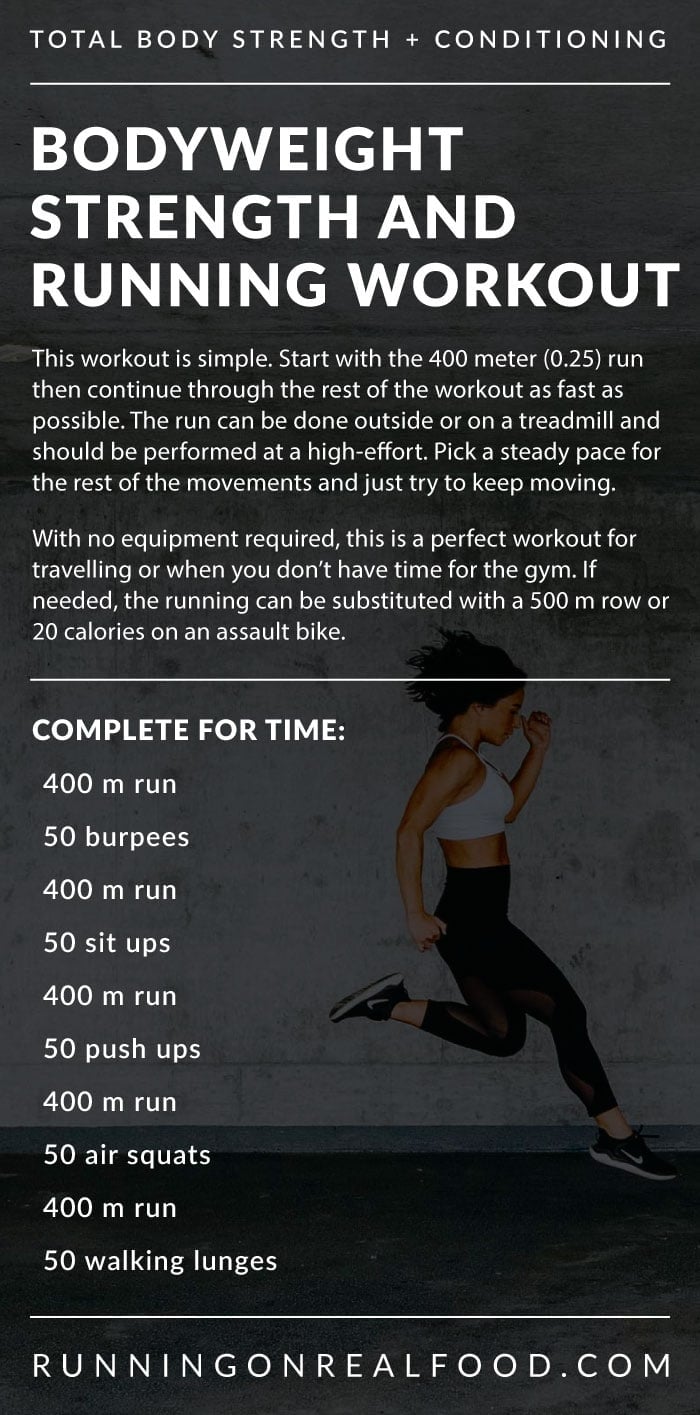Running Workout Techniques: Strategies to Improve Endurance and Rate
Running Workout Techniques: Strategies to Improve Endurance and Rate
Blog Article
The Ultimate Guide to Handling Discomfort When Running
For joggers, experiencing discomfort throughout runs is not unusual, and knowing how to successfully take care of and stop it can make a significant difference in your overall performance and enjoyment of the sport. Whether you are an experienced marathoner or simply beginning your running trip, recognizing the numerous kinds of discomfort that can emerge and the strategies to address them is crucial. From pre-run warm-up regimens to correct shoes option, there are numerous aspects to consider when it pertains to dealing with pain while running. This detailed overview will certainly furnish you with the knowledge and tools essential to browse with the pain and empower you to accomplish your running objectives with better ease.

Comprehending Various Sorts Of Running Pain
When running, it is vital to identify in between various sorts of discomfort to avoid injuries and optimize performance (Read More). One typical kind of discomfort that runners might experience is muscle soreness, which commonly develops from the anxiety placed on muscles during workout. This type of pain is typically a typical component of the running process and can be managed through proper workout, cool-down, and extending regimens
An additional type of pain to be familiar with is joint pain. Joint pain can suggest problems such as overuse, improper kind, or underlying conditions like arthritis. Ignoring joint pain can lead to more extreme injuries, so it is essential to resolve any type of discomfort immediately and possibly look for professional recommendations.
Additionally, sharp or stabbing pains must not be overlooked. These kinds of pain can signify severe injuries such as stress, sprains, or tension fractures - running strategy. Remaining to go through these kinds of discomfort can exacerbate the injury and extend healing time

Pre-Run Warm-Up and Extending Routine
To prepare the body for a running session, applying a reliable pre-run workout and extending routine is necessary. An appropriate workout assists boost blood flow to the muscular tissues, improves versatility, and decreases the threat of injury during the run. By integrating a regular pre-run warm-up and stretching routine into your running program, you can optimize performance and lessen the risk of discomfort or injury.
Correct Footwear Selection and Fit
Picking suitable shoes that fits well is critical for joggers to stop pain and decrease the threat of injuries. Ill-fitting shoes can result in sores, black nails, shin splints, and other painful conditions that can prevent efficiency and sideline training. When choosing operating shoes, it is necessary to take into consideration elements such as foot kind, running gait, arch support, padding, and shoe dimension. running strategy. Seeing a specialized running shop for a stride evaluation and informative post specialist fitting can help make sure that you choose the right shoes for your specific needs. Running shoes need to provide ample assistance and security while also fitting and lightweight. Additionally, it is advised to replace your running shoes every 300-500 miles to maintain correct padding and support. Buying high-grade shoes that is appropriate for your running design and foot makeup is a positive step in the direction of preventing discomfort and injuries during your runs.
Nourishment and Hydration Tips for Discomfort Avoidance

Hydration is equally critical for joggers to stay clear of cramps, dehydration, and other discomforts that can lead to pain throughout running. It is suggested to consume an ample quantity of water throughout the day and especially previously, during, and after running sessions. Electrolyte-rich beverages or sports drinks can also be advantageous for restoring shed minerals and maintaining proper fluid equilibrium. running workout (Read More). By prioritizing nourishment and hydration, runners can enhance their efficiency, lessen discomfort, and take pleasure in a much more comfy running experience.
Post-Run Recovery Techniques to Ease Discomfort
Applying effective recovery methods is necessary for relieving discomfort and promoting muscle healing after running sessions. One crucial post-run recovery method is stretching. Integrating static stretches for significant muscle teams can assist decrease muscle mass stress and discomfort. Foam rolling is another helpful practice to release muscle rigidity and enhance blood flow to the muscular tissues, assisting in quicker healing. In addition, topping aching locations for 15-20 minutes can help in reducing swelling and numb pain post-run.
Taking in a balanced treat or dish that includes healthy protein and carbohydrates within 30 minutes of finishing a run can aid repair muscle cells and renew energy shops. By integrating these post-run recovery strategies right into your regimen, you can efficiently take care of pain and maximize your running efficiency.
Conclusion
Finally, resolving various types of running discomfort through correct warm-up, stretching, shoes selection, nourishment, hydration, and post-run healing strategies is crucial for pain avoidance and administration. By understanding the root causes of pain and carrying out these approaches, joggers can reduce pain and prospective injuries. It is essential to focus on overall physical wellness and well-being to make sure a successful and satisfying running experience.
Report this page